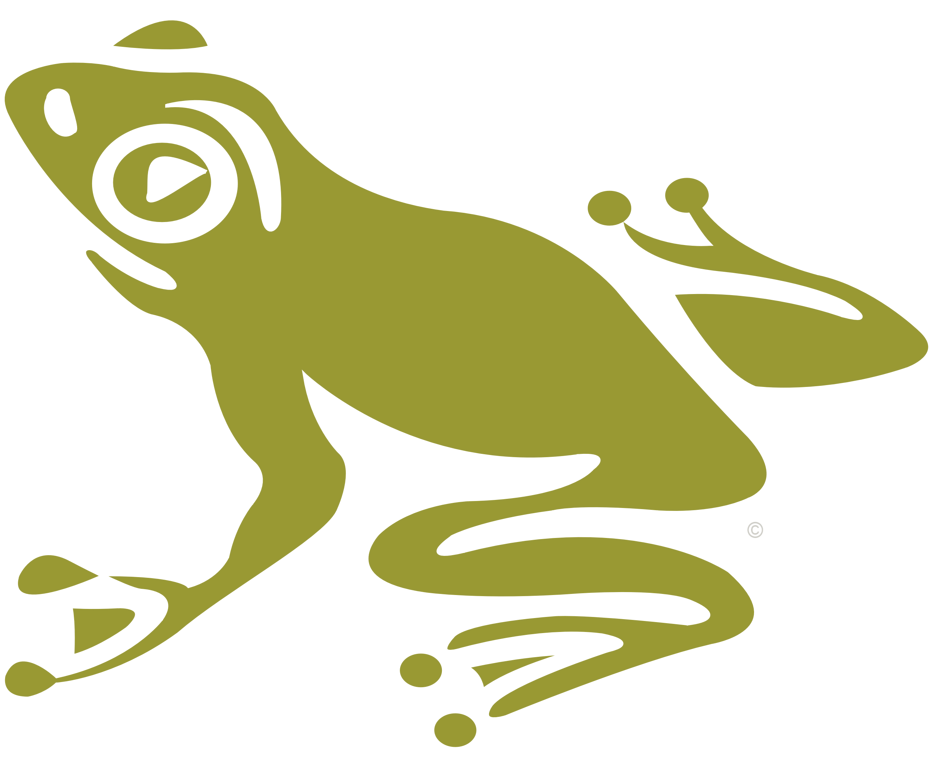Go Wild
Increasingly today, corporations and apartment complex owners are planting lawns only in the areas around their buildings. They are leaving the outer areas of their property woodsy and natural, with tall grasses, wildflowers, evergreens, hedgerows, and bushes to provide cover and homes to wildlife. Homeowners can follow these examples on a smaller scale within their own yards.
Plant a mix of shrubs, trees, and flowers that will provide nuts, berries, seeds, and nectar to creatures throughout the year, and that will attract birds, nature's best insect controllers. Foster hollies, for instance, provide winter berries, for food, winter foliage for cover, and places to raise young. A butterfly bush (buddleia davidji) is irresistible to butterflies. Your local garden supply company is a good source of information.
Rocks and leaf and brush piles also provide cover and places to raise young.
A pond with shallow ends for birds makes a good water supply. You might want to locate it so you can watch the wildlife activity from a window throughout the year.
A window-box planter containing marigolds, zinnias, or red salvia can attract hummingbirds and butterflies to a sunny window. Hummingbirds are attracted to almost anything red.
DEAD WOOD FOR NEW LIFE
For birds and small mammals, snags (dead trees) and stumps are ecological gold. More than 150 species of creatures nest in them and feed on their insect tenants. Included are nuthatches, woodpeckers, squirrels, raccoons, bluebirds, owls, chickadees, wood ducks, and wrens.
Saving snags and stumps is crucial to kicking our pesticide habit and solving the dilemma of pesticide resistance.
Top off--don't chop down--snags 12 inches or more in diameter and away from the house. The thicker the better. Remember to check for nests and dens first. Big dead logs and underbrush away from the house are also desirable. Mosquitoes will disappear from your yard as elegant, snag-nesting swallows, swifts, and purple martins sweep through the air.
Huge great-granddaddy den trees can be homes for peregrine falcons, barn owls, and ivory-billed woodpeckers.
